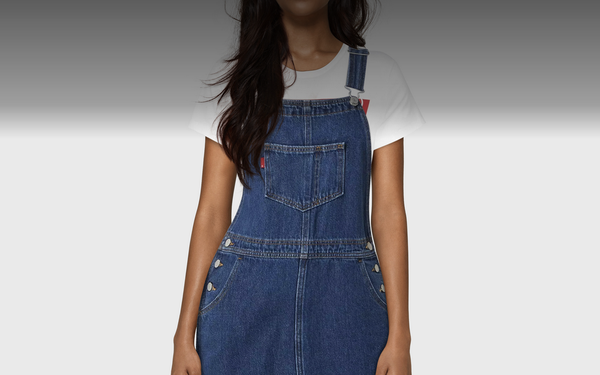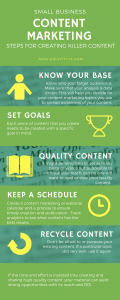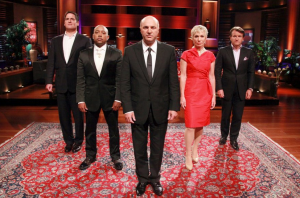apparel
What’s Wrong With AI-Generated Models In Apparel Ads?

Levi’s has gotten some flak for its use of AI-generated models in ads, a move it claims will increase the “number and diversity of our models.” The Cut asked “Levi’s, can’t you just… hire diverse models?” and one Twitter user countered that “Your diversity doesn’t count if you’re not diversifying who’s on the payroll.”
Still the shift to non-human models makes sense for a few reasons.
Number one, it reduces expenses. Levi’s has been in cost-cutting mode of late. In 2022, it laid off 800 employees, according to Reuters, a move and that came after Levi’s cut 700 jobs in 2020, as USA Today reported..
Secondly, human models often detract from the clothes. For instance, in the 1990s, Anna Nicole Smith was a Guess model who was known for being a Playboy model and marrying an 89-year-old billionaire. As a result, she overshadowed the brand. That could probably never happen with an AI-based model.
Thirdly, the purpose of fashion advertising is to showcase the clothes. A beautiful model can make it seem as if e the clothes aren’t for ordinary people, but with AI models, the focus switches back to the clothes. The models are basically mannequins in digital form.
Fourthly, ads are already fantasies. Take one of the latest Levi’s ads for example. In the ad, via Droga5, a boy in Tblisi, Georgia, in 1982, takes his cow for a walk. A few seconds later, we see that the boy traded the cow for a pair of Levi’s jeans.
That may have been true in 1982, when it was rumored that American jeans sold for exorbitant amounts in foreign countries, but in 2023, it seems like an apocryphal tale, one that might have been filtered through a generation or two.
For all these reasons, it makes sense for Levi’s to experiment with AI models. We salute Levi’s for using technology to put the focus back on the clothes, where it belongs.
(35)
Report Post






